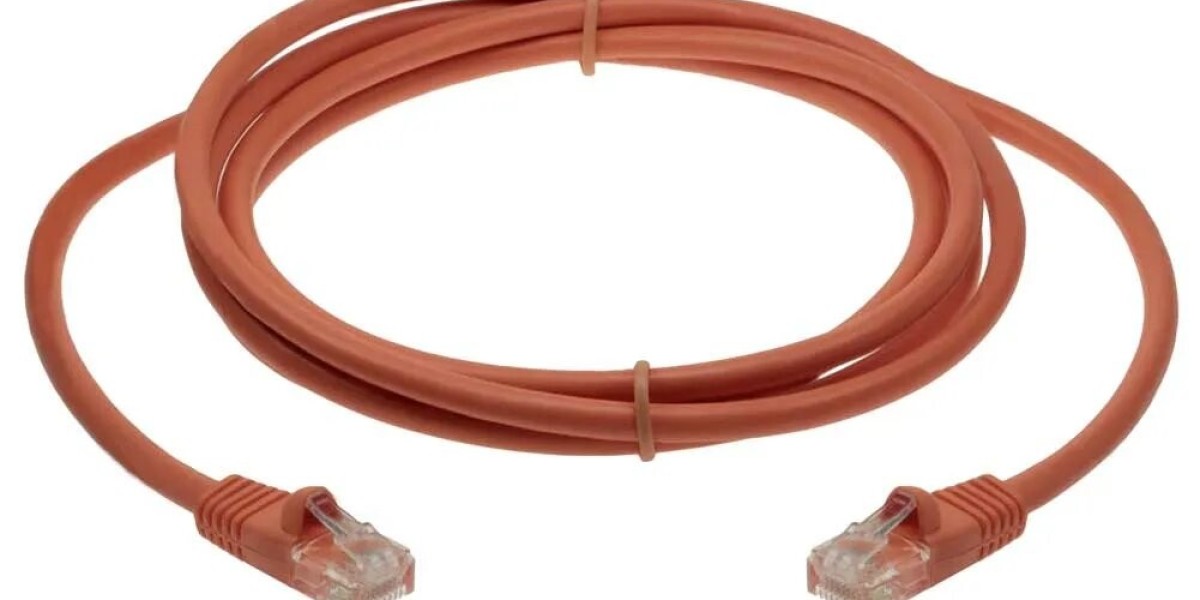With the increasing rates of thefts, homeowners and business owners are becoming more and more concerned about safety. For the utmost security, this is where indoor cameras come. It effectively protects the family and the property. However, setting up a camera requires expertise and knowledge of cables.
Whether opting for professionals or planning to do DIY, the first thing that you need is the correct cables. For indoor cameras, IEEE1394 is the best camera wire cable and is also known as FireWire. Besides, talking about the installation process, here is how to connect indoor cameras with monitoring systems.
Step-by-Step Guide to Connecting Indoor Cameras with Monitoring Systems
Using camera cable wire, here is a detailed guide on how to connect indoor cameras with monitoring systems:
Step 1- Plan the Layout
Before connecting your cameras to monitoring systems, the very first thing you need to do is plan the layout. For this, you must consider many factors, such as:
Decide where you want to place/position the cameras. Look for areas that require surveillance such as hallways, living rooms, other rooms, entry points, etc.
The next thing is to select the right cameras. Depending on your needs, choose the one with suitable resolution and features.
The most important factor is the cable length. For instance, if you are purchasing IEEE1394, make sure you have sufficient length for connection.
It is very important to keep these factors in mind as they ensure real-time video footage of your home/office. Remember, with the right cables, you can enjoy a peaceful night’s sleep.
Step 2- Install
Once you have decided and purchased the cables, the next step is to install them. The best thing you can do is to opt for a professional installer for a hassle-free experience. However, if you plan to DIY then follow the instructions to meet the installation requirements.
Step 3- Start Connecting
Now, connect indoor cameras to the monitoring system using the camera wire cable. There are different cables for different types of cameras. For instance:
For analogue cameras, the best choice is BNC cables.
For digital cameras, the best choice is HDMI cables.
For IP cameras, the best choice is ethernet cables.
Make sure the cables are securely connected to both the cameras as well as the monitoring systems.
Step 4- Connect Power Supplies
Once the cable is connected securely, now you must connect power supplies to the cameras and the monitoring system. To keep everything organized and secure, use cable management boxes and cable ties.
Step 5- Configure Settings
The next step is to configure settings using the monitoring systems software. Set up user accounts, and camera settings such as frame rate, passwords, etc. According to your needs, also adjust the schedules for recording, alerts, motion detection, etc.
Step 6- Test the System
Once everything is done, now you must test the system. Ensure everything is working as expected such as overall functionality and operation.
Alternative Ways to Connect Indoor Cameras with Monitoring Systems
Besides using camera wire cables, here are some other ways to connect indoor cameras with monitoring systems:
You can opt for wireless connectivity such as using wi-fi Bluetooth or radio frequency signals (RF).
You can opt for IP networking such as using Local Area Network (LAN), Wide Area Network (WAN) via wi-fi or ethernet cables.
You can opt for hybrid connectivity such as using or combining wired and wireless connections.
You can opt for cloud connectivity such as using cloud-based services via the internet.
You can opt for cellular connectivity such as using 3G/4G/5G networks.
You can opt for Power over Ethernet (PoE) such as using injectors or switches via a single Ethernet cable.
You can opt for satellite connectivity.
You can opt for smart home protocols such as RTSP, MQTT or ONVIF.
When choosing any of these alternative methods, remember to check range and coverage, power requirements, compatibility, interference, reliability and other factors.
What are the Best Camera Cable Wires?
Depending on the model of the camera, application and requirements, the camera cable wires may vary. However, some of the high-quality camera cable options are:
For professional video cameras, HDMI cables are the ideal choice.
For network and IP cameras Ethernet cables (RJ-45) are the ideal choice.
For surveillance systems and analogue CCTV cameras, BNC cables are the ideal choice.
For high-end security, fibre-optic cables are the ideal choice.
USB 3.0 cables.
SDI cables.
FireWire cables.
Things to Consider when Selecting Camera Wire Cables
For an efficient and reliable surveillance system, it is very important to have the right cable. So, when purchasing a camera wire cable, here are the things that you must consider:
Signal Quality
Installing indoor cameras that don't show clear footage is useless. This is where one must always consider signal quality before purchasing. It is very important to get a high-quality signal to ensure clear video footage.
To minimize interference and signal degradation, choose cables that have excellent shielding. Moreover, also look for additional features such as superior insulation, frame rate and night vision.
Cable Length
For connecting indoor cameras with monitoring systems, the cable length plays a crucial role. It is important to measure and get accurate distance results to know the appropriate cable needed. However, when purchasing, always get some extra length to cover up unexpected changes. Additionally, make sure the cable supports the expected transfer data rate and adheres to the relevant industry standard.
Environment
Another factor to consider is the environment in which the camera will be installed. Is the chosen area exposed to harsh weather? Does the area receive extreme temperatures? Keeping all these factors in mind, choose a cable that can withstand harsh weather conditions like humidity, UV light, exposure to chemicals, etc. For durable quality cables, ensure purchasing from reputed manufacturers who offer top-notch customer support.
Power Transmission
In addition to the transmission of high-quality videos, the cable must also have the capability to deliver power. Choosing the right cable is important as the power capability depends on the cable's gauge. For high power loads over longer distances, opt for thicker cables. Additionally, make sure to consider the cable's warranty and lifespan.
Installation Method
Another thing to carefully assess is the installation requirements. One must choose the appropriate cable type as different cables are required for different installation methods. For instance, choose cables that are suitable for in-wall installations for running the cables through the walls. Talking about installation, also opt for professional installers who are certified and have years of experience in the field.
Enjoy Peace and Security
We at SFCable are the leading suppliers of camera cable wires. You can explore our wide range of cables that are available in different lengths, quality, features and colors. To cater to all your needs, we have different types of cables in stock. Each is made of durable materials and ensures optimal performance.
With over 20 years of expertise in the cable industry, our professional technicians are highly skilled and can help to solve all your queries. In addition to keeping our prices affordable, we also ensure a lifetime guarantee on all our cables and products as well as lifetime support.








